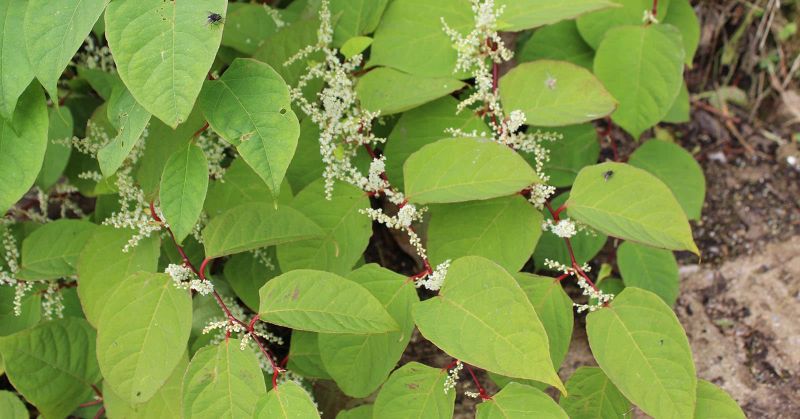The best time to treat Japanese knotweed is when the plant is in full bloom. But, when is this and can treating the plant sooner cause further damage? TCM relay their first-hand experience.

How Japanese knotweed treatment works
Herbicide is a glyphosate-based liquid that is sprayed onto Japanese knotweed leaves. The plant then “drinks” the liquid down into its vines, stems and roots. Once the herbicide is taken into the knotweed root (rhizome) the poison is spread across the plant’s network, killing it in its wake.
Herbicide stem injections are also available - Injections are usually used in more sensitive environments where damage to nearby flora and fauna should be kept to a minimum. But, when is the best time to treat Japanese knotweed?
What time of year should you treat an infestation of Japanese knotweed
Although you can start to spray the freshly-opened leaves from around June, the best time to treat Japanese knotweed is towards the end of summer and start of autumn. This is when Japanese knotweed is in full bloom and its foliage will absorb the herbicide treatment most effectively, pulling the weed-killer deep down into its roots.
So, like most garden weeds, Japanese knotweed is best treated during the warmer months. Not only because there is more surface area to absorb the weed-killer, but there is less rain to wash away or dilute the herbicide.
What seasons should be avoided for removing knotweed
Gardeners will say timing is everything when applying weed-killer. Japanese knotweed is no exception - it too needs to be treated at optimal times for maximum impact. And so, the worst time to treat Japanese knotweed is late autumn, winter and early spring, when impact will be at its lowest. In fact, removing the plant out of season is likely to do more harm than good - the reason for this is because when we disturb Japanese knotweed, we allow fragments to chip away and spread. Such spreading causes the pesky plant to infect new areas of your garden, creating an even bigger headache.